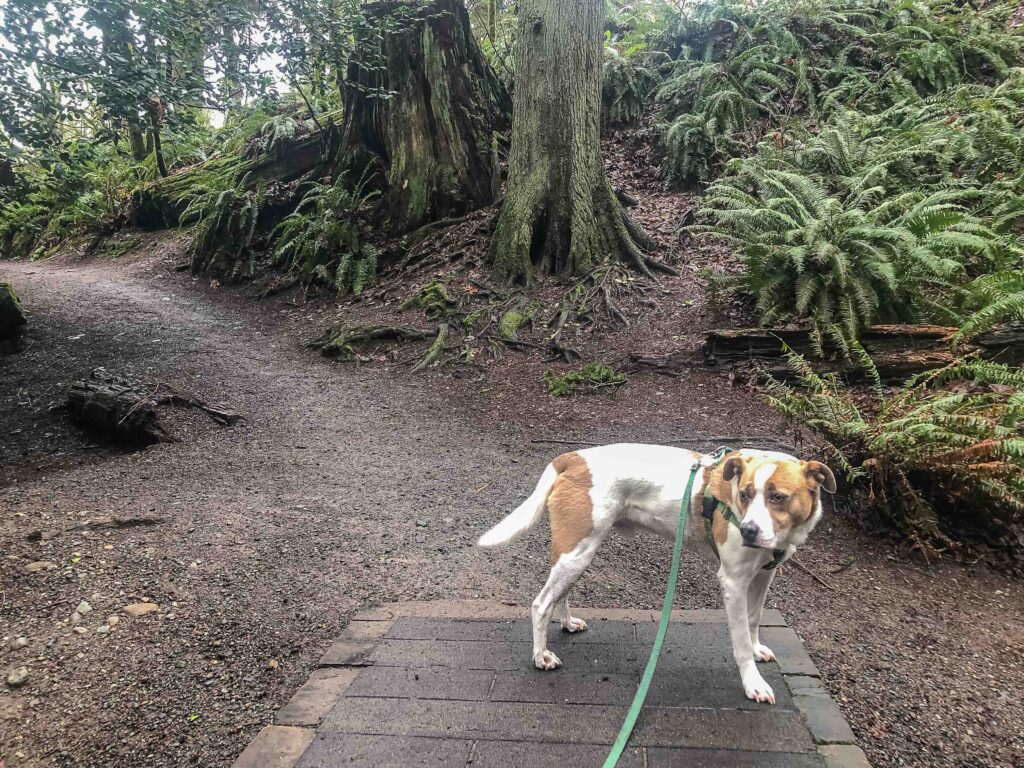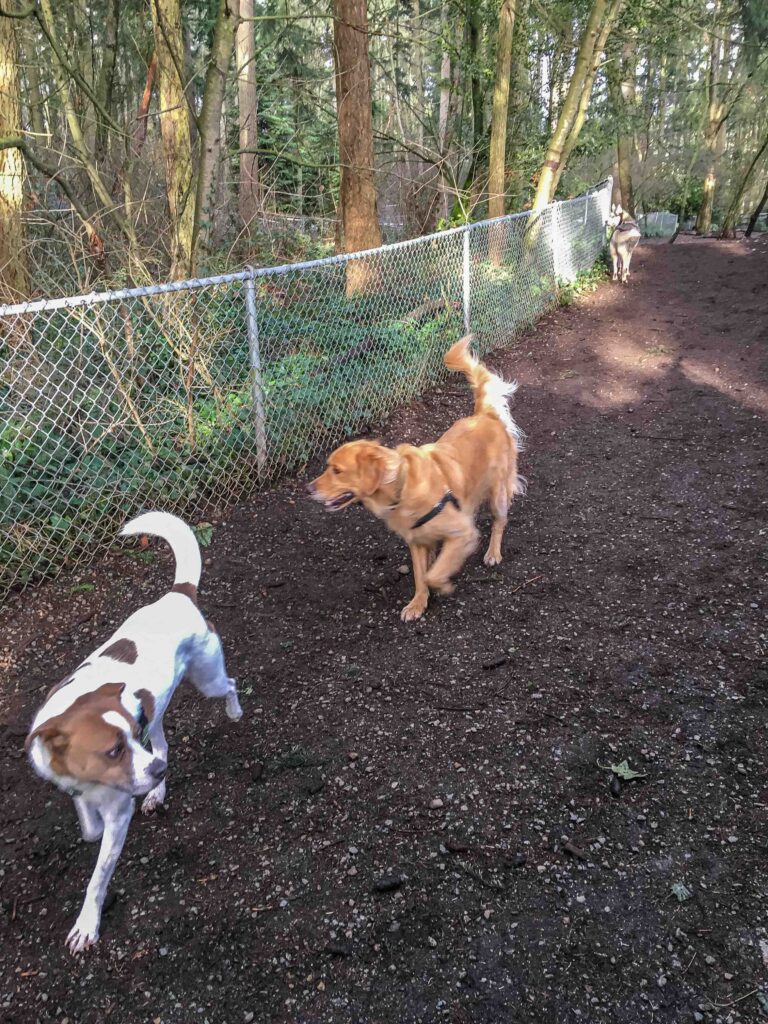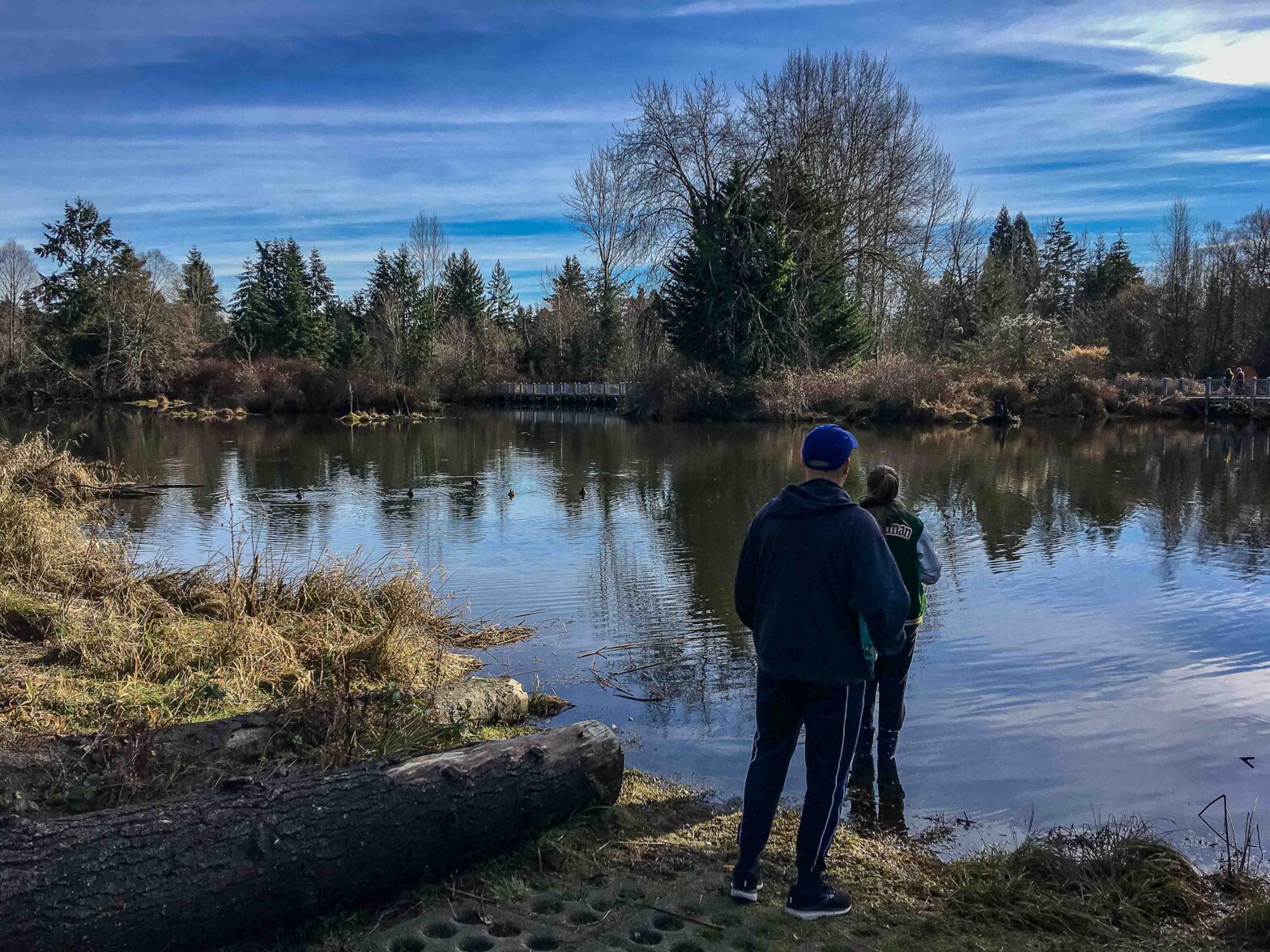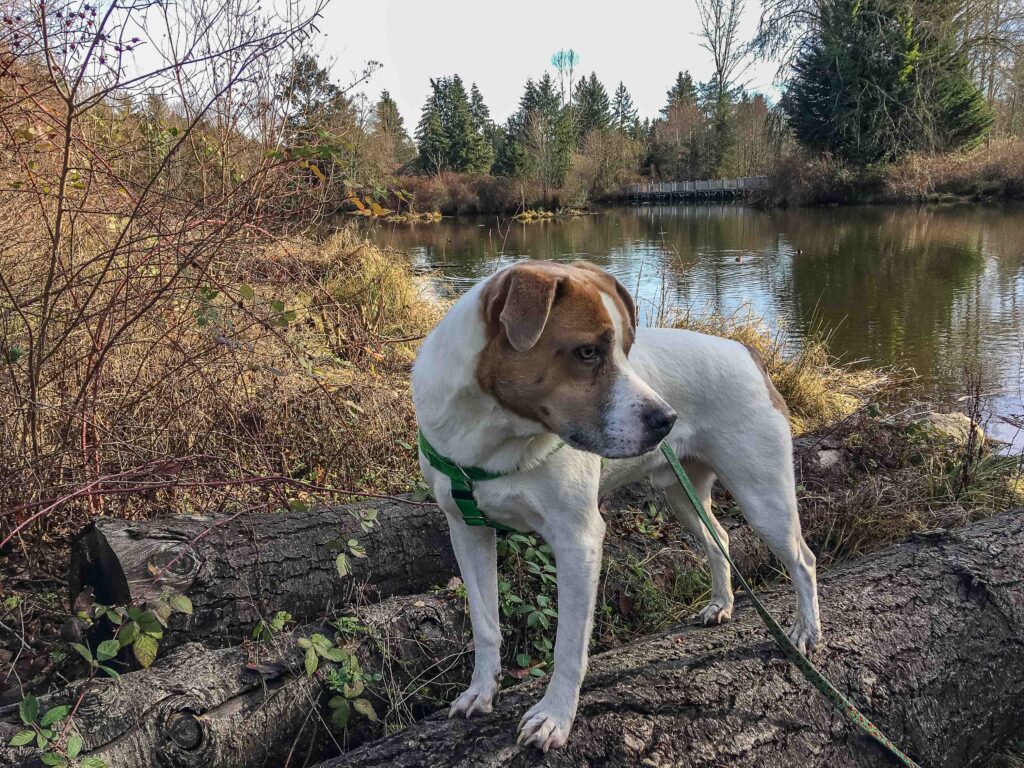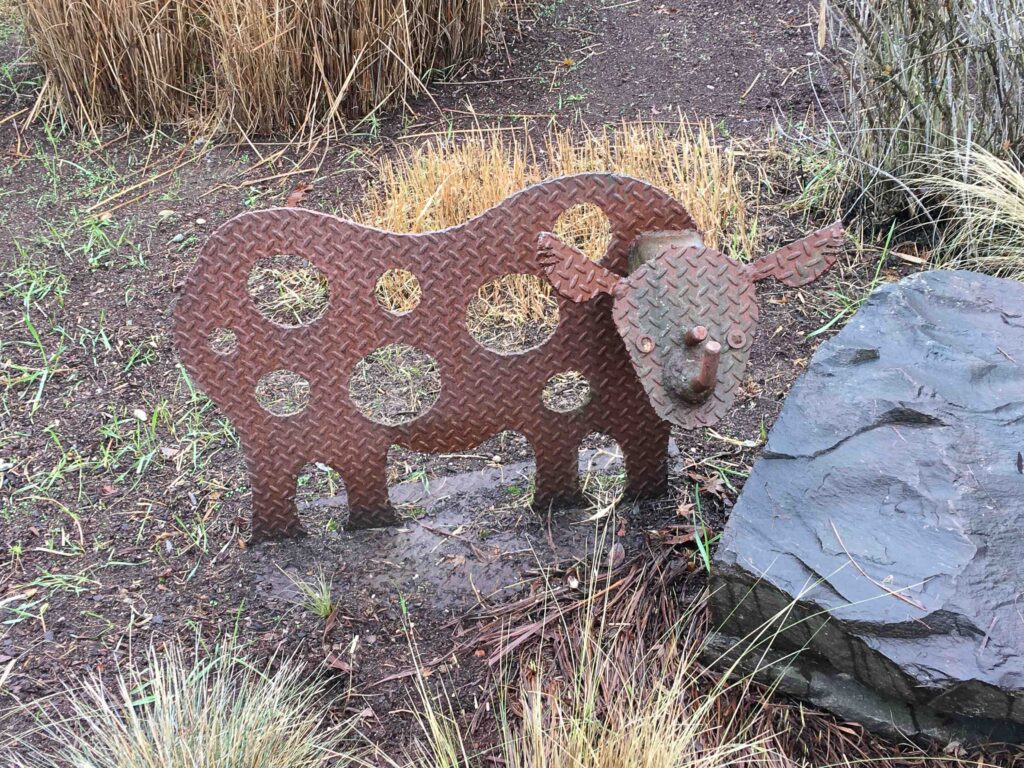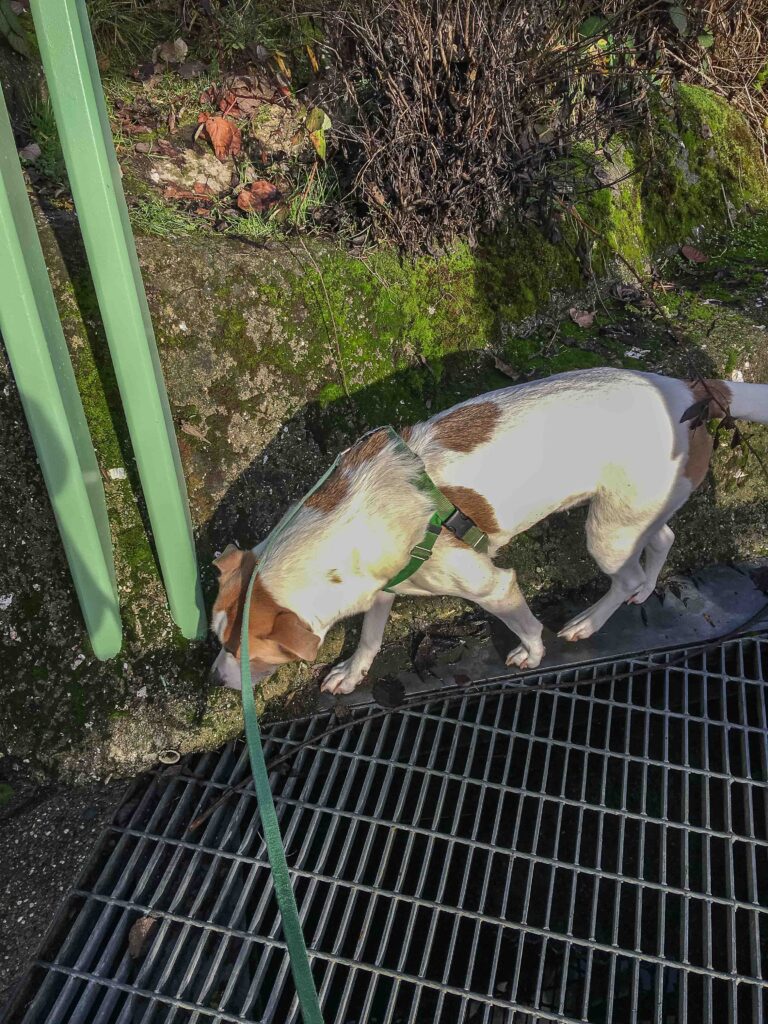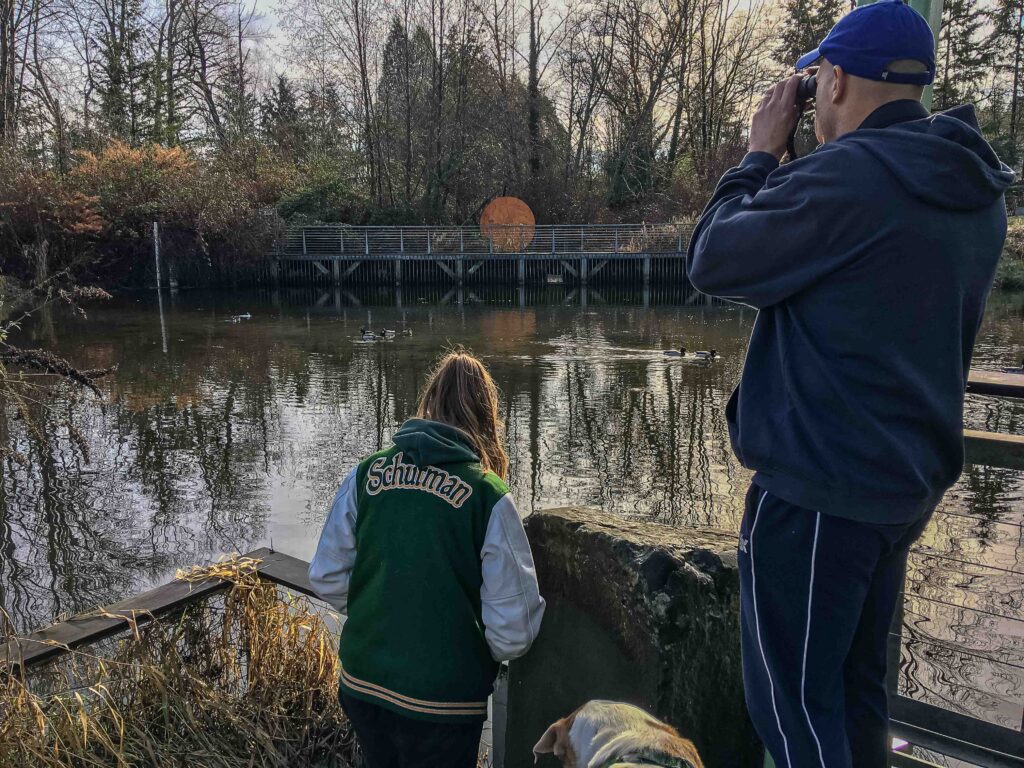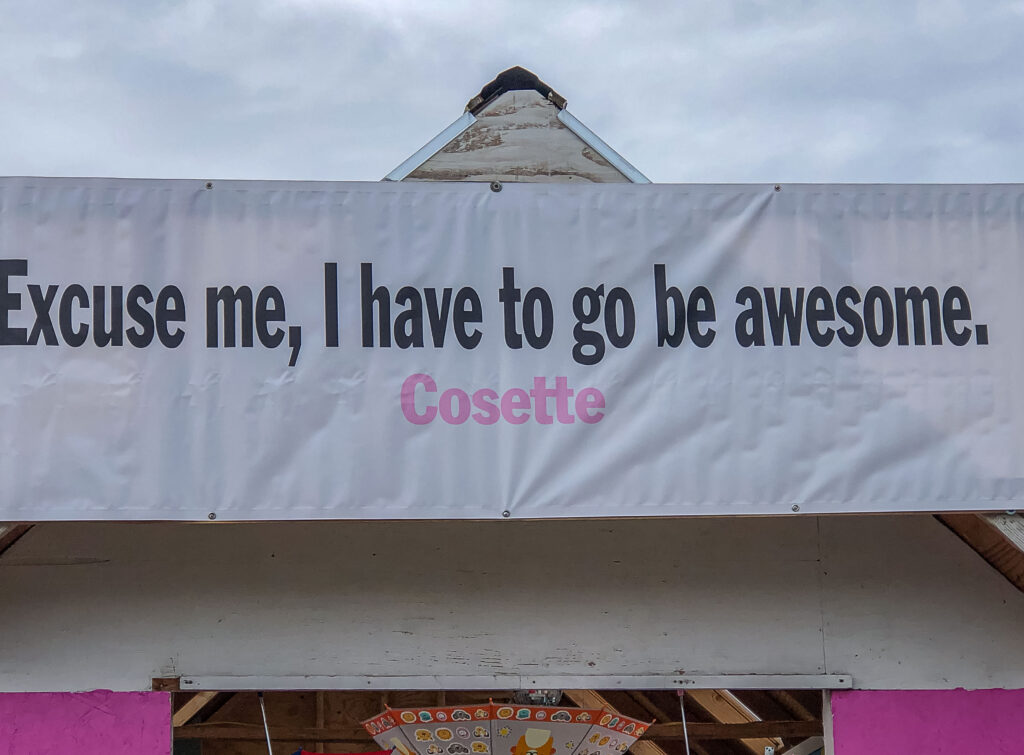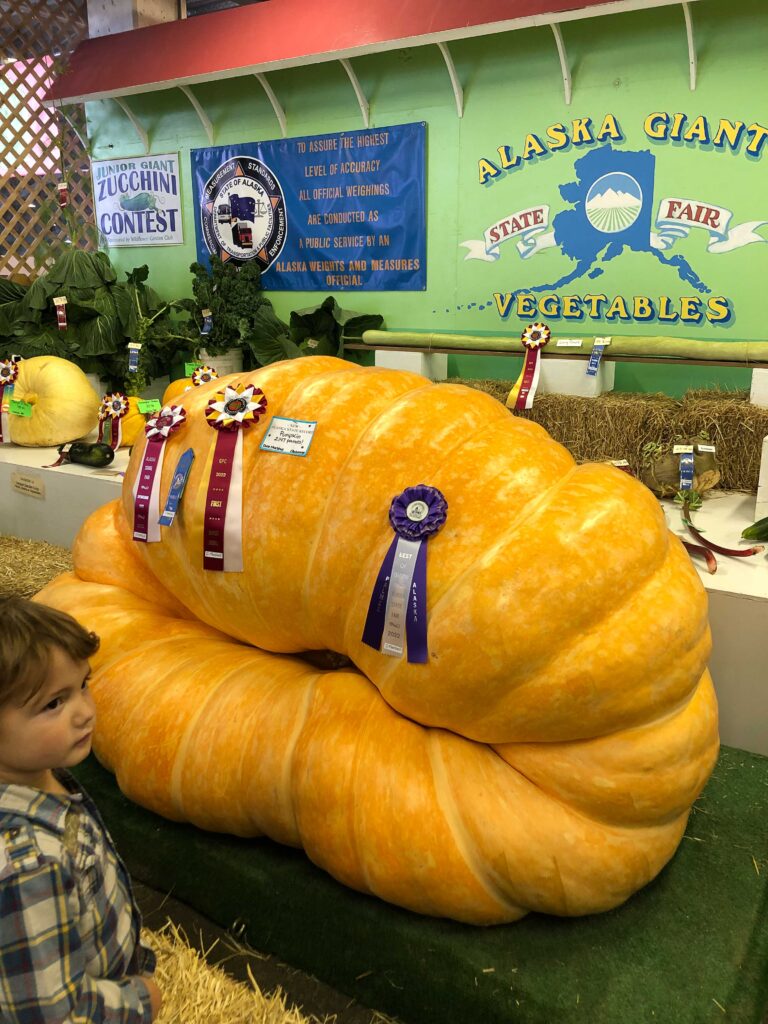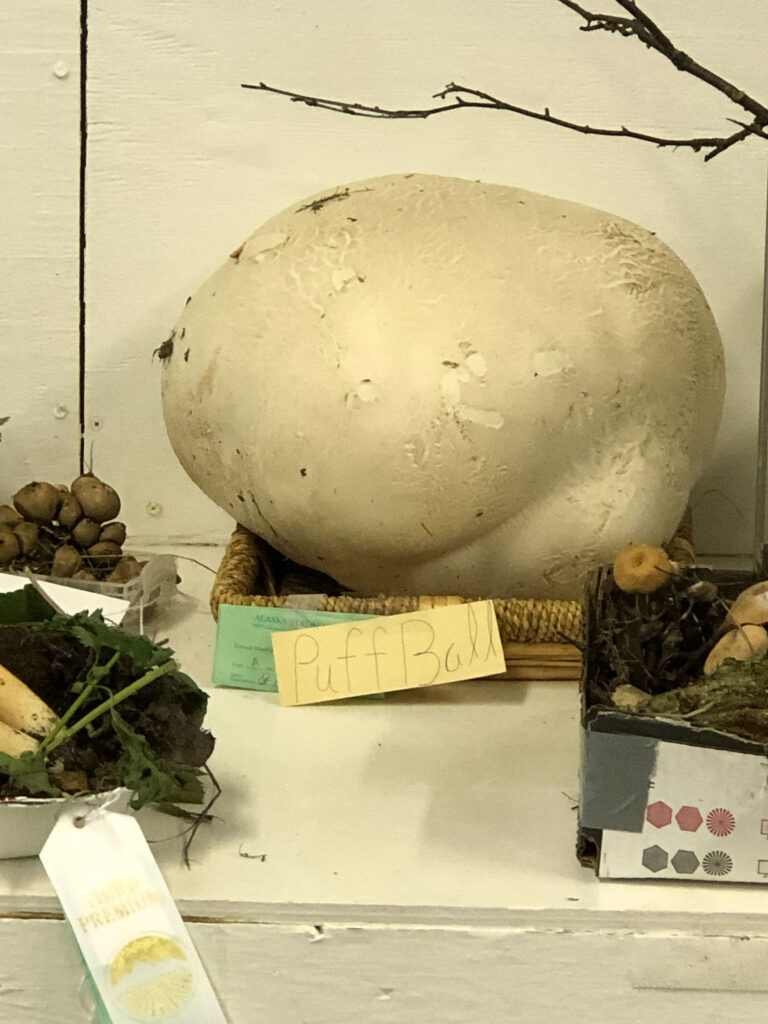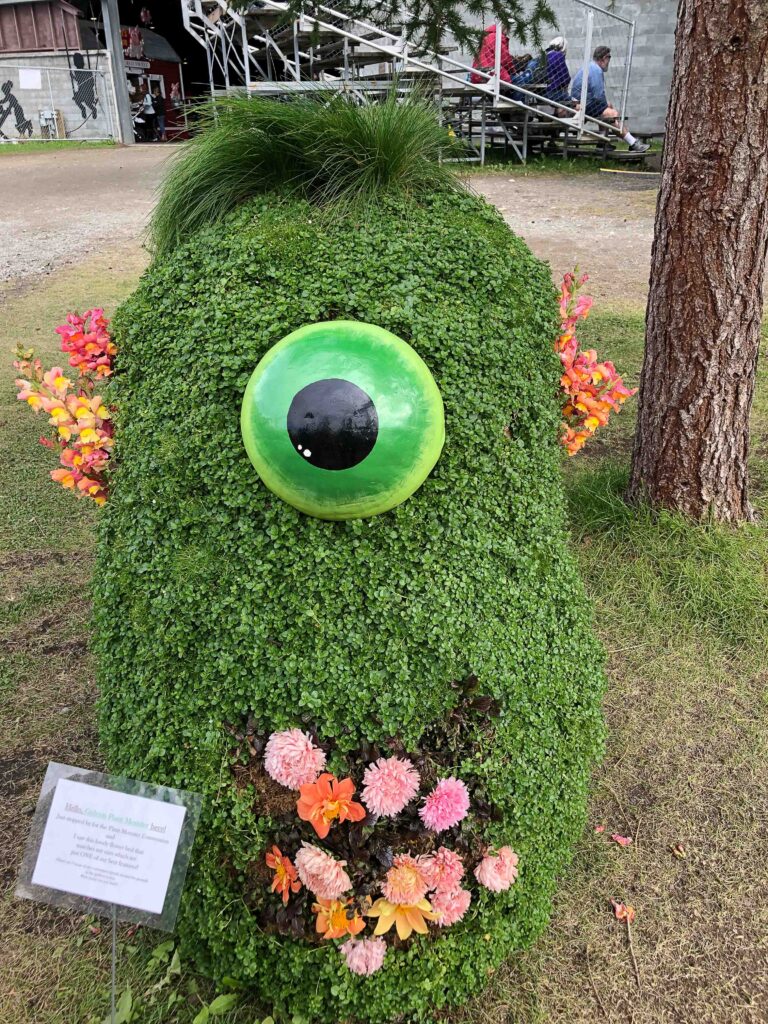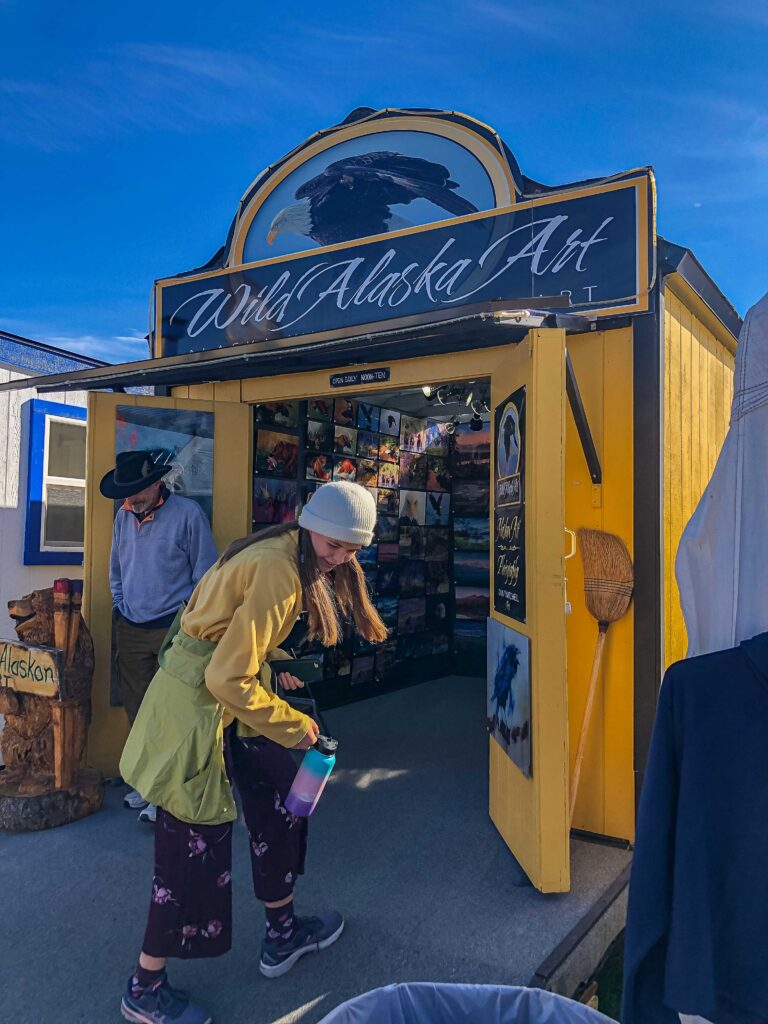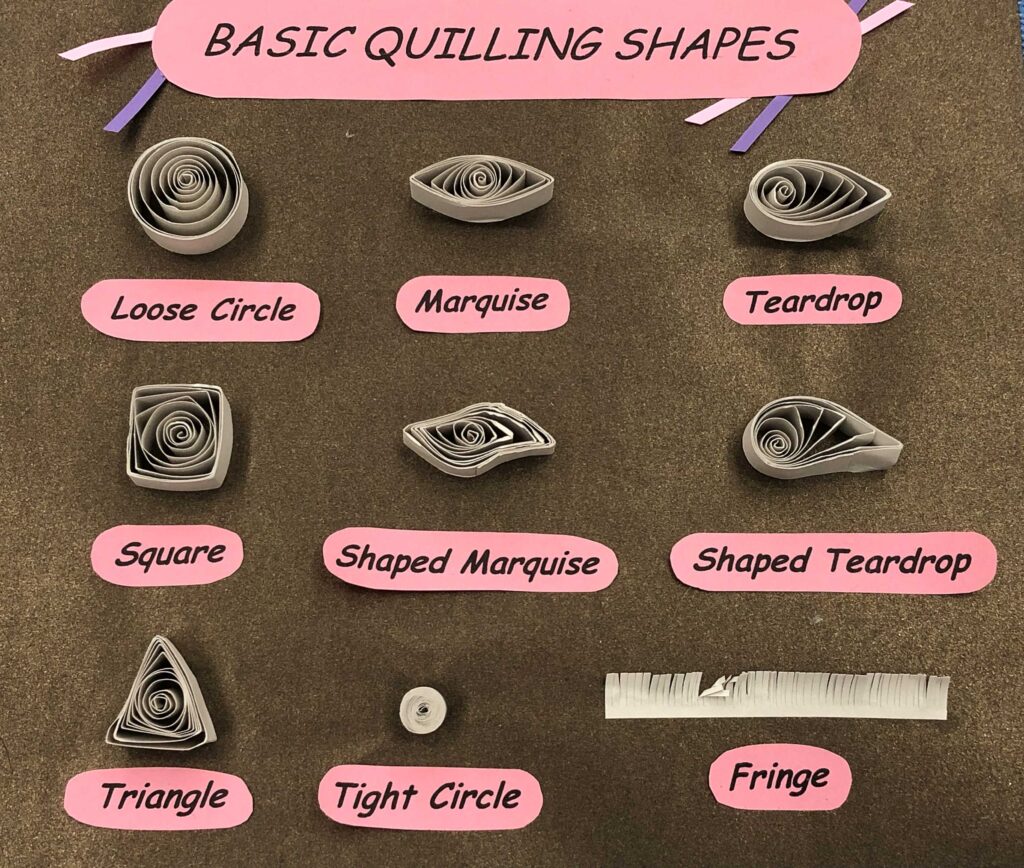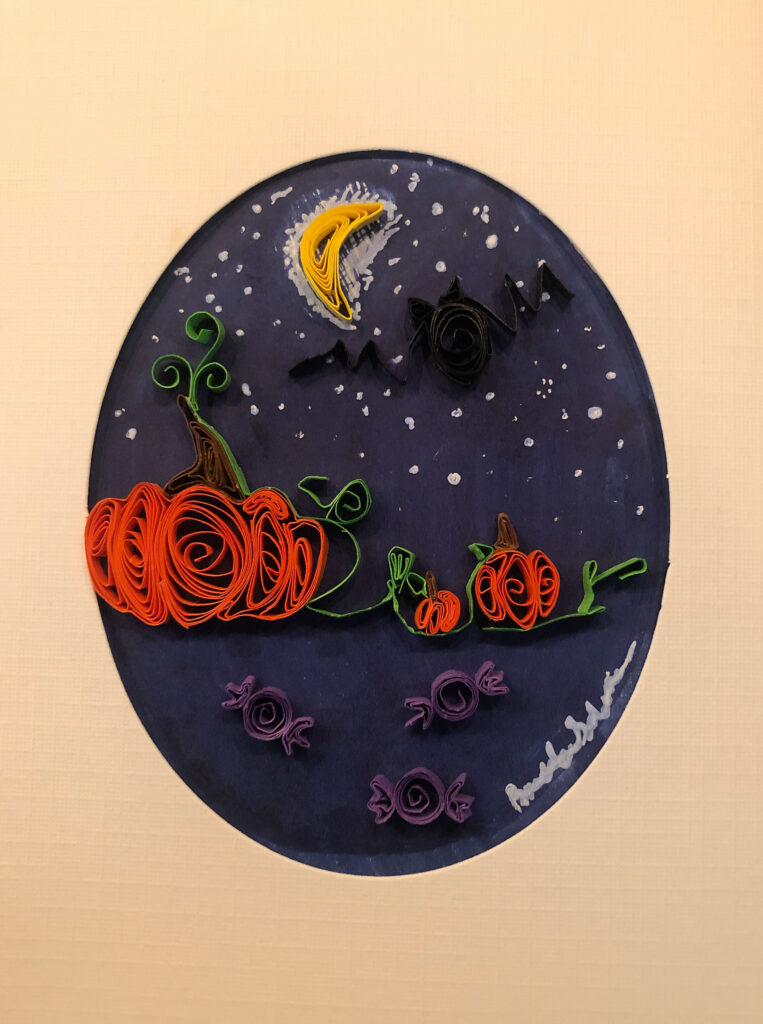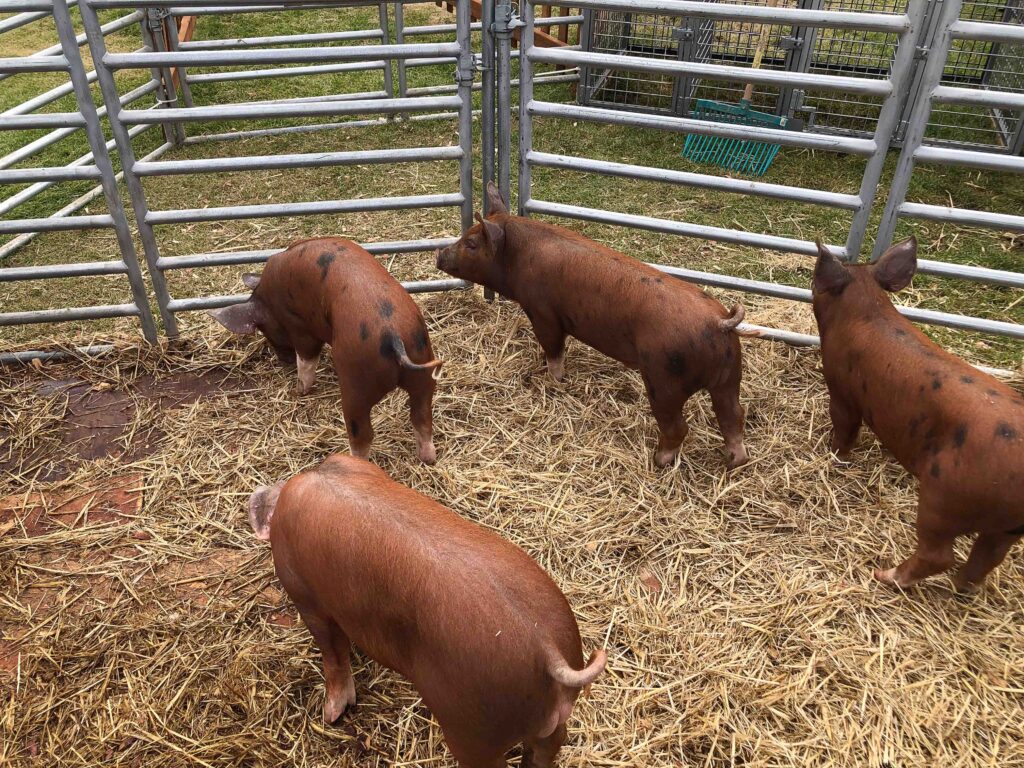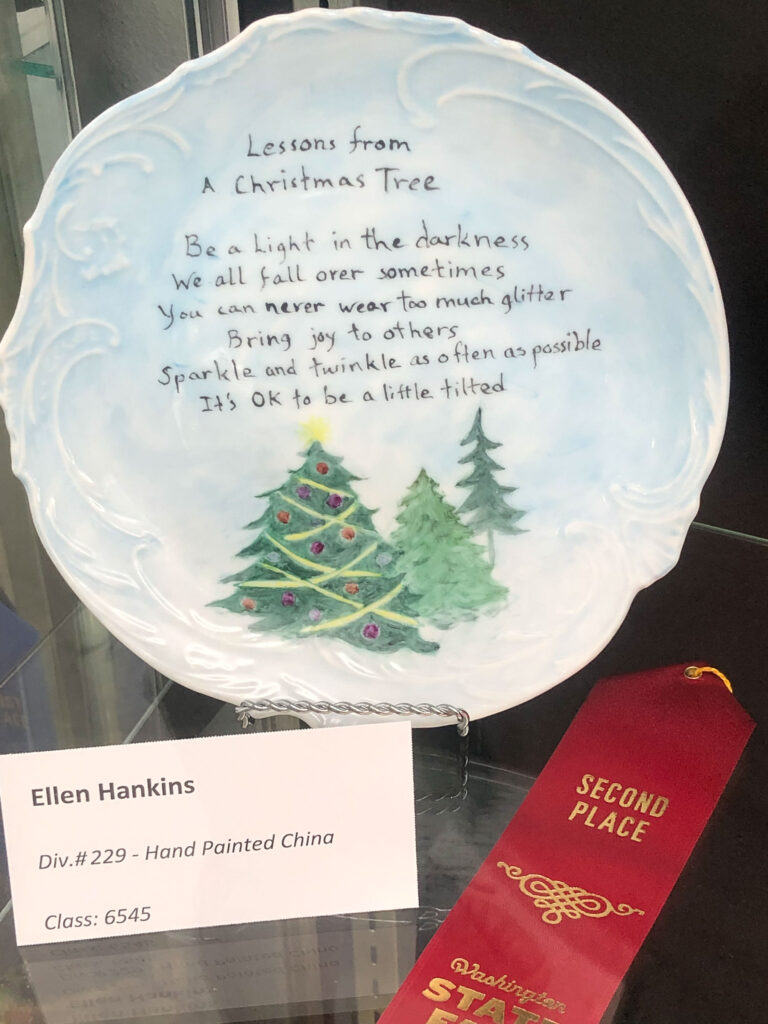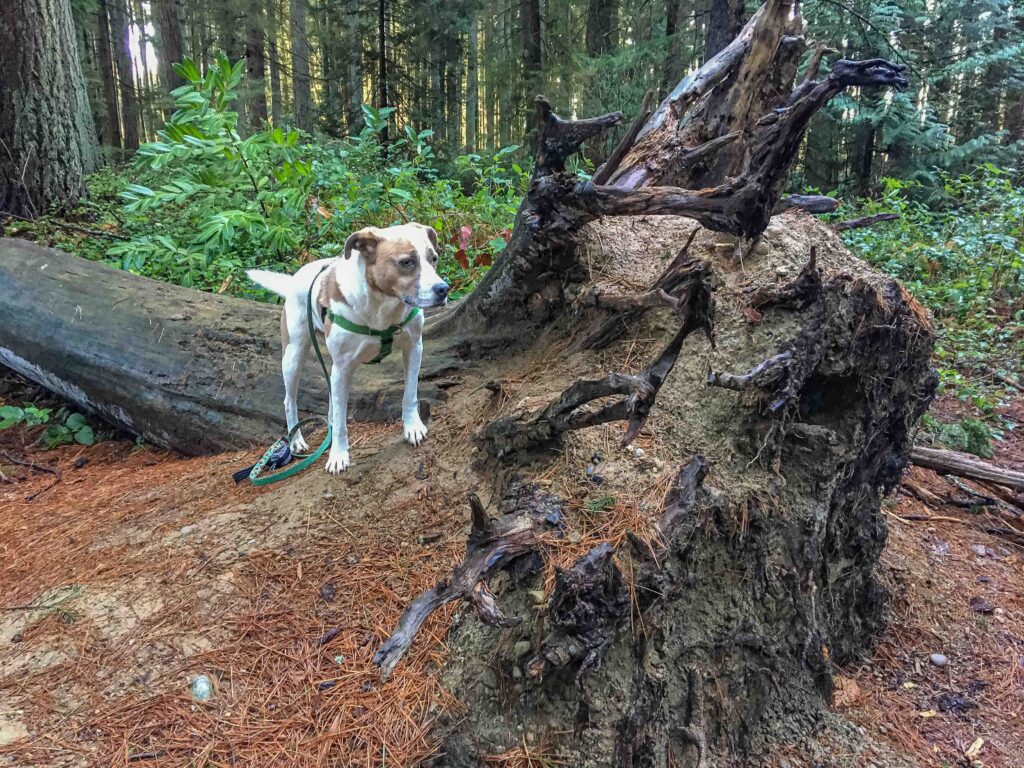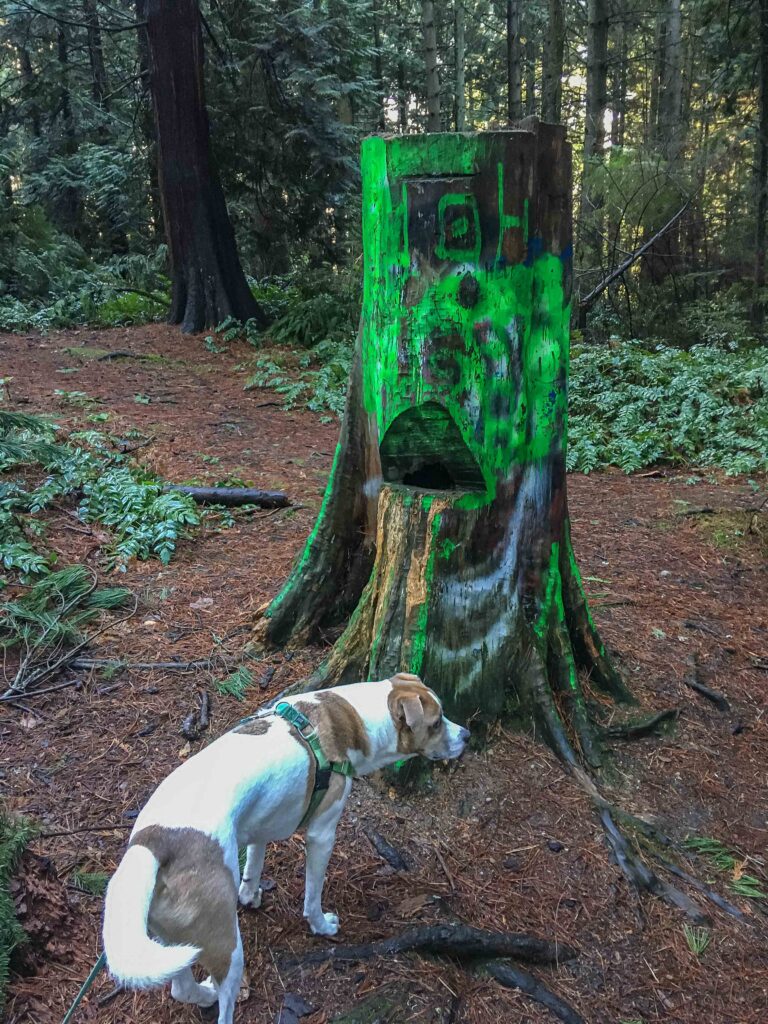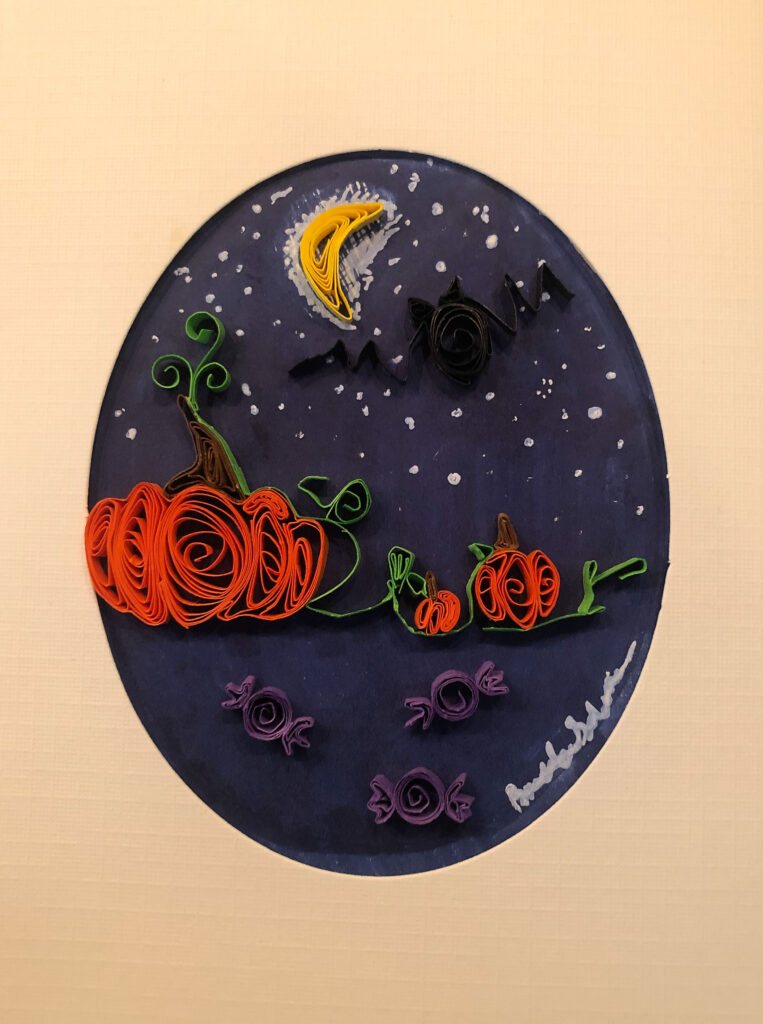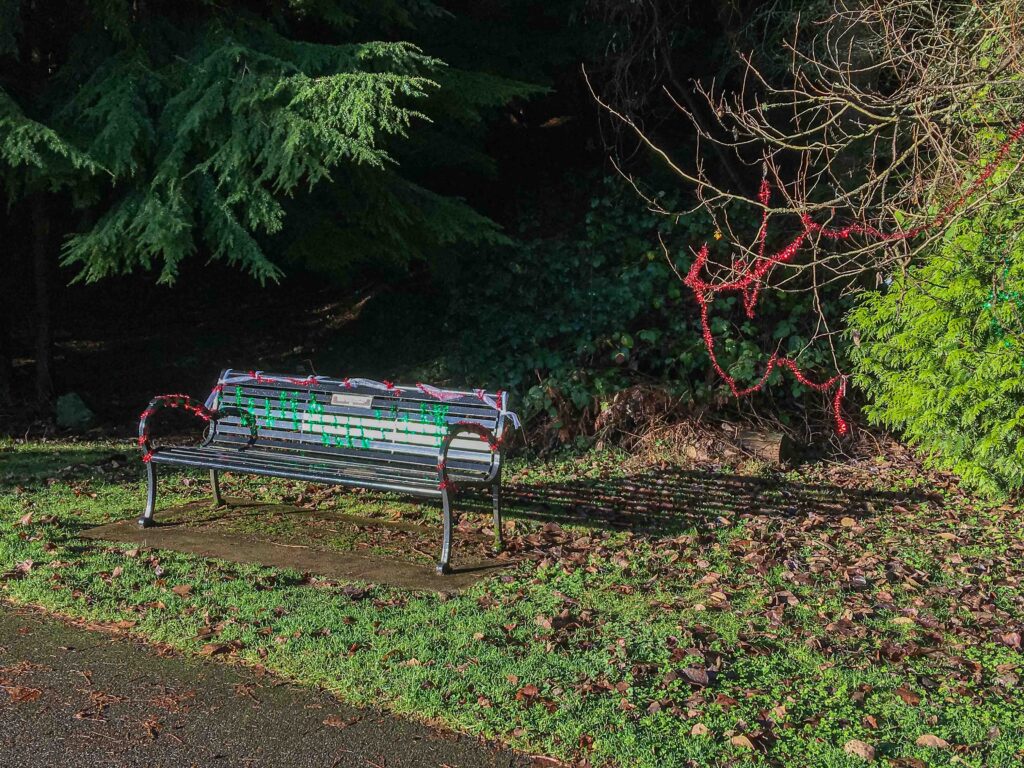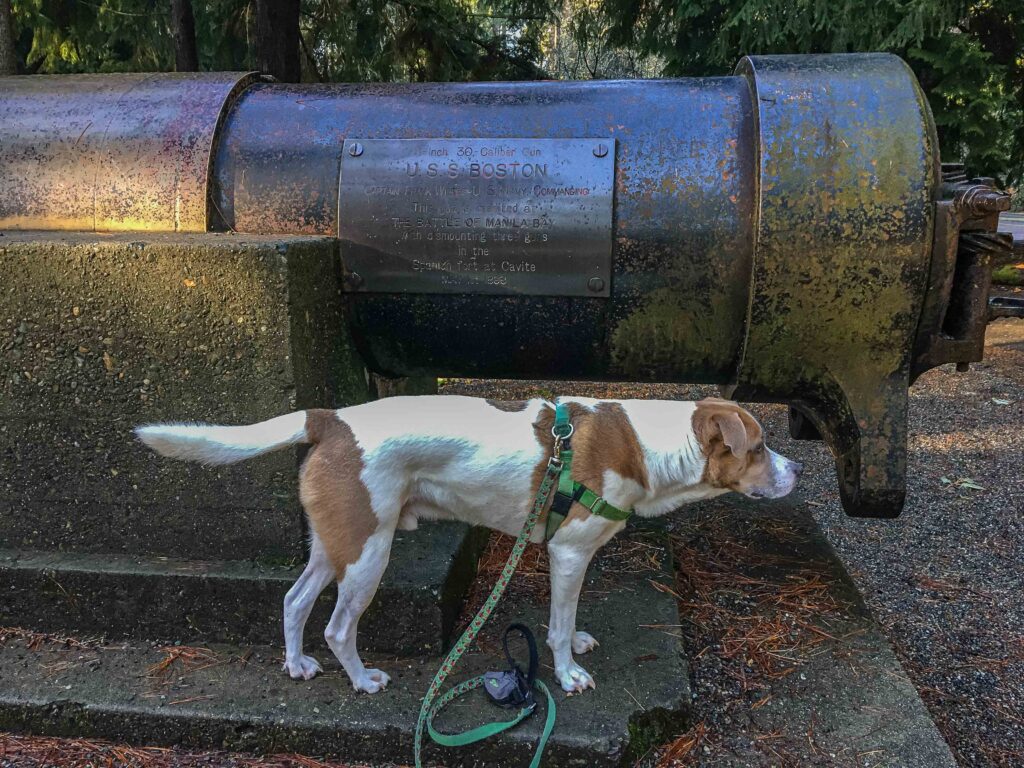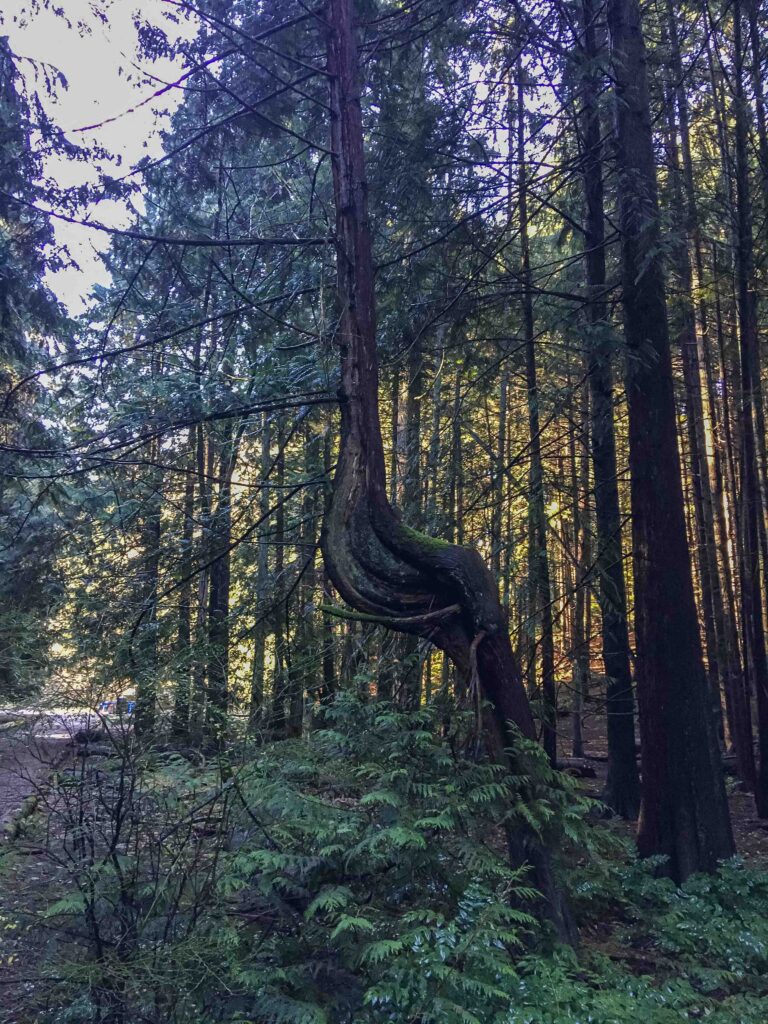By Guest Blogger Gerard Bonfils My June 2022 plan (note from the editor: Gerard is a MASTER planner!) was to hike 280 miles on the Pacific Crest Trail in northern California. I started training in late 2021 so that I would begin my trek in peak form. When not training, I spent hours learning everything about my route, preparing resupply packages with food and trail essentials, reading comments previous hikers had left about this trek, and plotting my daily mileage and potential camping spots. I felt great about my plan. Then it completely fell apart before I even set foot on the trail… and I reaped the rewards of a failed perfect plan.
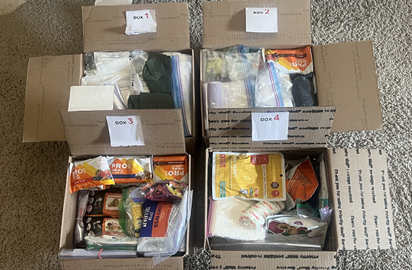
In Praise of Play-Doh and Legos
I approached planning the wrong way or, at least, in too narrow a way. After a series of pre-hike injuries, unusually late snowfall, forecasted storms, and forest closures, I could not execute my plan the way I initially built it. That was a blessing. I traded Excel for imaginary Play-Doh and Legos and made a “plan” I could, at any time, squish here, stretch there, remove blocks from, and then put back in a different way.
This new plan captured Intentions instead of laying down a rigid play-by-play of the whole 280 miles. Where I had previously focused on “crossing the finish line on D day”, I now focused on the experiences I wanted to have along the way: be fully aware while in nature, crave surprises, play with the elements, roam the land, cultivate self-sufficiency, and so on.

A Cornucopia of Summits
My initial plan had only one finish line: complete the 280 miles, walking a 3-foot-wide trail. No wiggle room! With my new organic and flexible plan, I suddenly discovered many hidden personal summits. Showing up at the trailhead, my injuries not fully healed, was a summit. Completing 46 miles to my first resupply in the first 2 days was another. Successfully treating an impressive blister on day 3, a third. They kept growing.
Continuing my hike with a storm in the forecast. Getting lost and then found through a snowfield in the storm. Watching a bear cub run downslope toward its Mom. Keeping mostly warm and dry through rainstorms. “Running into” another hiker and walking a whole day together … more summits, or GAINS, than I could have dreamed of. So much to enjoy by LIVING the trail, not just FINISHING the trail.

Failed Perfect Plan: Smiling at Misfortunes
Blisters, storms, and getting lost: no, not everything felt like a blissful “walk in the park”. I even aborted my hike at mile 130 with fresh and debilitating injuries. Yet, even “in the moment”, I strove to embrace adversity with a smile. My first impulse was always something resembling the classic “Oh NO, why ME?”. Only when I made a habit of deliberately smiling or chuckling at the unwelcome turn of events did my luck change.

Of course, my luck did NOT truly change, but my ability to gracefully accept the “bad hand” I was given greatly improved; I traded frustration for a playful spirit (challenge accepted, Lady Fate!) and cool-headed actions. Suddenly, as if by pure magic, I discovered ways around or through my woes. It only took a freeze frame, the very moment something went sideways, followed by a light-hearted assessment of the new reality.

The Highest Summit
None of the personal “summits” I tagged on that hike felt as rewarding as the first one: at the trailhead, my wife had taken a few pictures before driving 350 miles back home; I had started walking alone with no certainties about the journey forward: will my injuries flare and force me to give up? Will I reach 280 miles? Will I become hypothermic in the storm?
Little did I know, at the time, that I had already succeeded: I SHOWED UP! I had given it a truly honest “shot”. In the words of C. Bradford: “There is no failure except in no longer trying”. I was TRYING. And I would keep trying through that stormy June until it was no longer wise or safe to do so.

Failed Perfect Plan: Facing the Gap
After 130 miles, at the bottom of a 10-mile downhill, my ankles both simultaneously cried “Uncle!” This being a resupply stop anyway, I got a motel room and retired for the night. In the morning, both ankles had put on quite a bit of weight and raucously protested when I tried to walk. I had failed!
Yes, the thought quickly broke into the antechamber of my mind. I immediately pushed it away. I had gone as far as was reasonable, I saw wonders on the way, I found my way through many challenges, I met a new friend… This WAS a true success, and I felt happy and at peace.

Creating More Joy from a Premature End
At a standstill in a small northern California town for two days, unable to walk for long, I decided to explore the neighborhood in short bursts. I spent my time sitting in a café and answering questions from locals curious about the disheveled hiker; exploring the library for a few hours; getting a much-needed massage; and roaming the main street to look at storefronts or sit on a low wall for a while.
I eventually discovered a wonderful small park at the foot of Mt Shasta and tacked on another mile and a quarter to my trek… limping along slowly and stopping at every bench on the way. None of this was in my initial grand plan; all of it is now a joyful memory. All I needed to do for this trek was change the stories I told myself about what matters.

Editor’s note: I’ve been impressed by the thoughtful comments posted by Gerard Bonfils since we met on the Kendall Katwalk summer of 2021. I asked if he would like to share an honorary Guest Blog, and he graciously accepted the challenge. He describes his adventures in California on the Pacific Crest Trail during June, 2022, even tying in wisdom from previous blog posts. I hope readers enjoyed it as much as I did! –C. Schurman





